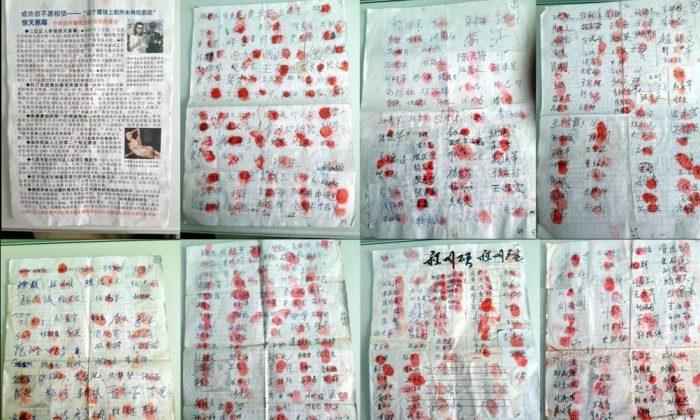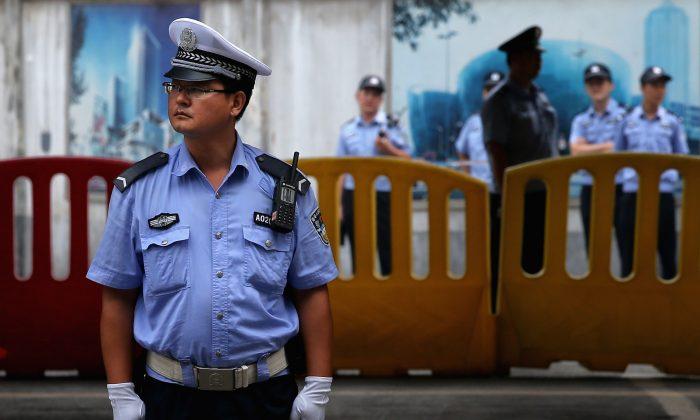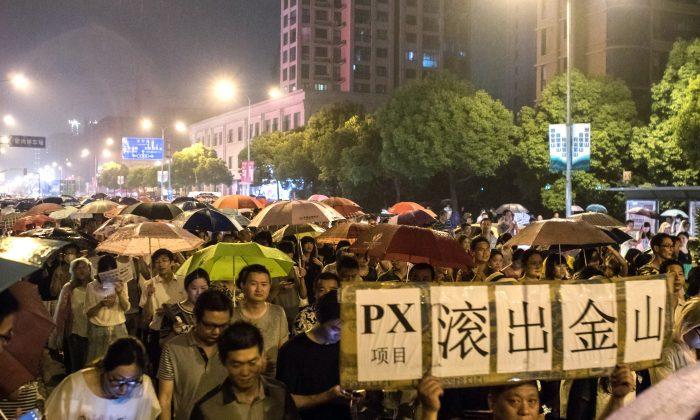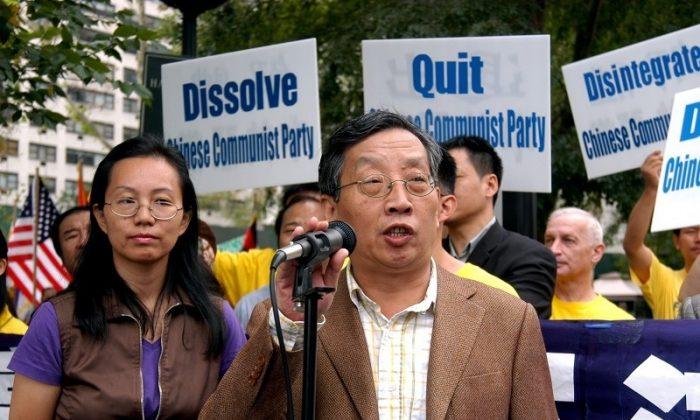Local Chinese governments have turned industrial output figures into “number games,” according to a Feb. 14 report by regime mouthpiece Xinhua. Officials had fabricated actual production values by as much as 80 times in order to demonstrate their competence, as shown by several recently-exposed cases of forged statistics published by authorities in south-central China’s Hunan Province.
The local authorities coerced companies to beef up their production reports and forged documents for firms that no longer existed.
In the county of Hengshan, Hunan Province, 39 industrial companies were inspected based on random selection for the recently-completed third Chinese national economic census, Xinhua reported. Their combined output in 2013 was reported to be 4.4 billion yuan (about US$700 million), while the inspections showed a true value of only 580 million yuan (US$93 million).
An unnamed official in Hengshan County told Xinhua that county governments routinely over-report data. Officials who choose not to fabricate reports risked drawing negative attention and criticism from higher leaders in the Chinese regime, thus affecting their political record and opportunities for promotion, he said.
In Changsha, the capital of Hunan, production reports for five enterprises were presented as being over 80 times higher than the real output. The industrial reports claimed an output worth 280 million yuan ($45 million) but the true statistic was just 3.4 million yuan ($540,000).
Another 51 enterprises that reported their statistics via a different system were also subject to inspection. Their 2013 reports show outputs worth 780 million yuan ($125 million), while the inspections found only 110 million yuan ($17.6 million).
At a conference held in July 2013 in the Chinese city of Wuxi, Larry Hsien Ping Lang, a Hong Kong-based economist, spoke out about rampant fraud being carried out in the field of economic statistics. He claimed that all figures reported in the first half of 2013, including GDP, inflation, and foreign trade were about 10 times their real values.
“Statistics from some local governments are not credible,” a Chinese entrepreneur in a coastal city told Xinhua. The businessman, who remained unnamed, said he was forced by a county-level Communist Party secretary to inflate the figures for his company by three times.
“This is a key time. Please do me a favor!” the party secretary was reported to have said.




